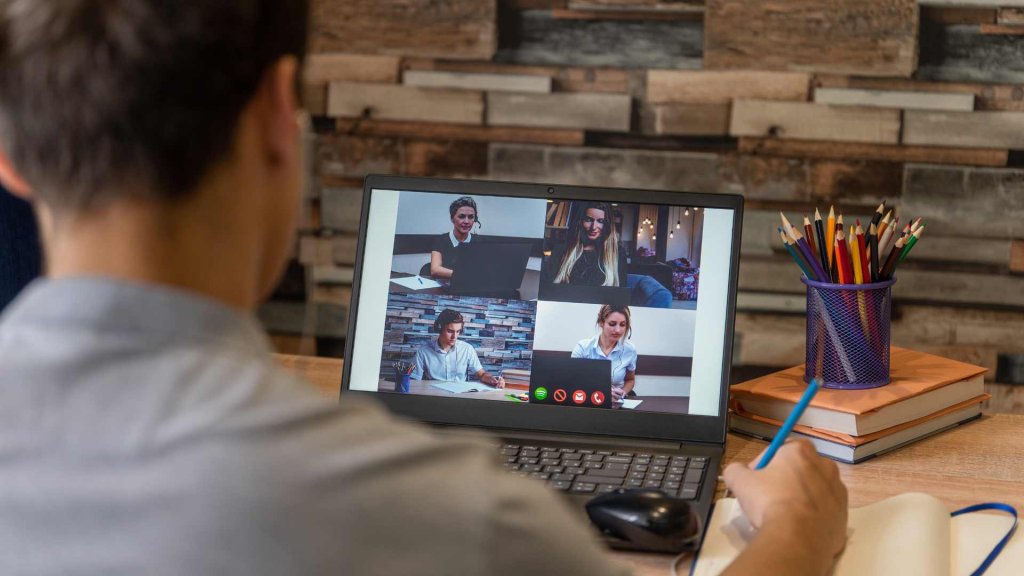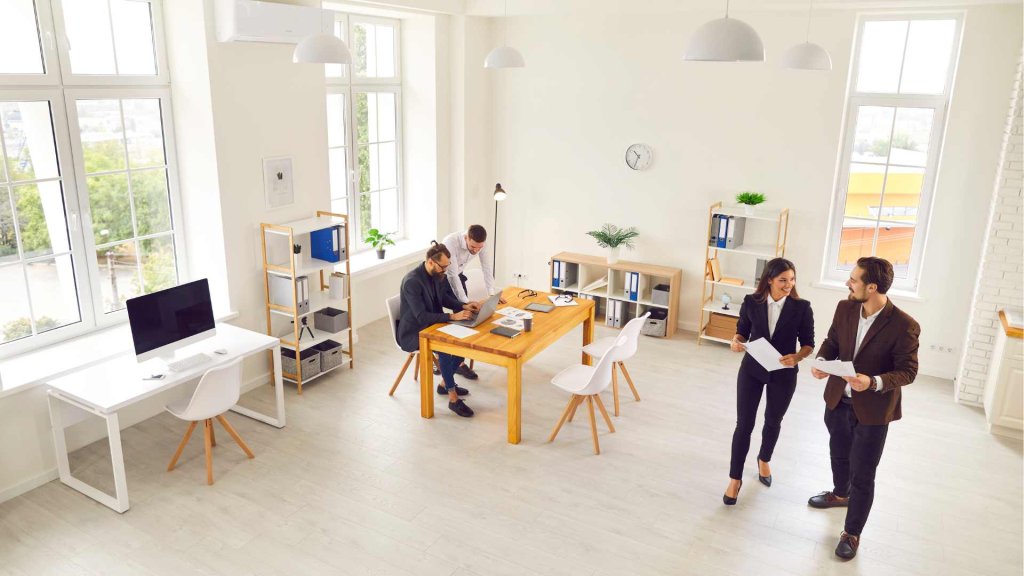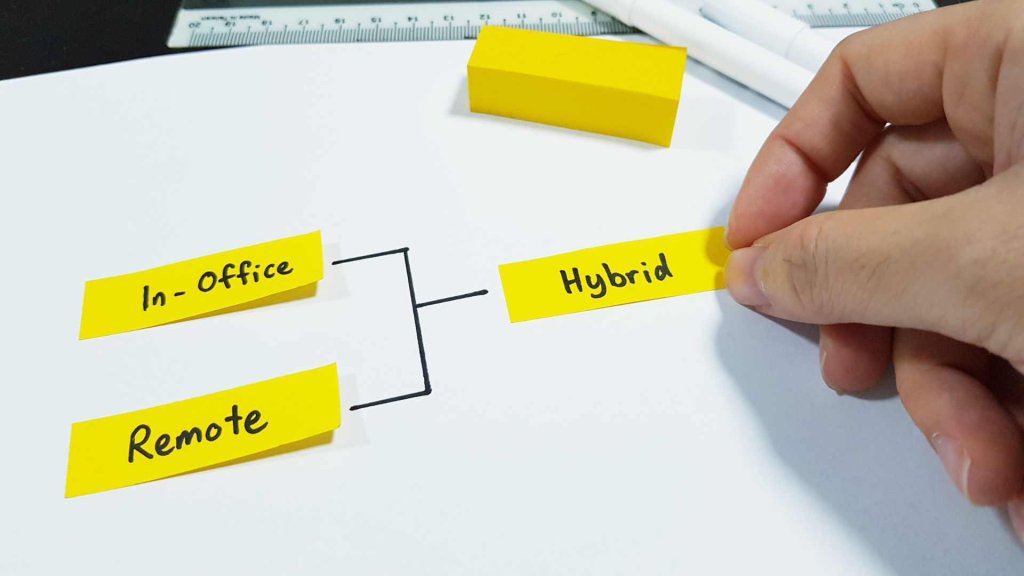VIEW BY TOPIC
- Finding Customers
- Business Systems
- Managing Employees
- Leadership
- Managing Money
Related Posts

Ready to Grow Your Business Fast?
Here’s How I Grew Five Businesses, and Eventually Sold One to a Fortune 500 Company.

Small Business owners are forever on the lookout to reduce costs and maximize ROI. The corporate space in particular is ever-evolving, with workstyles taking on diverse and exciting dimensions. The right work approach can be the difference between surging forward or being left behind. Integral to this discussion are the nuances of office space and the growing influence of remote work dynamics.
The Changing Landscape of Work
Historically, work was tied to physical spaces, from tradesmen’s workshops to expansive corporate offices. However, several shifts over the decades, particularly advancements in technology and the influence of globalization, have redefined this landscape. These factors allow employees to connect with global markets and talents seamlessly, breaking down geographical barriers. With these changes, adaptability and flexibility aren’t just buzzwords but essential components for SMBs to remain competitive. Embracing new workstyles, therefore, is less a luxury and more a necessity in today’s milieu. Today, you can even hire, manage, and pay employees through a service for hiring a remote team.

The Role of Office Space
Despite the digital revolution, business owners see the value in utilizing physical office spaces. There is more of a sense of ownership and brand recognition when you can put your name on the side of a building. The office fosters direct communication, and team cohesion, and can even embody a company’s culture and values. However, maintaining traditional offices isn’t without challenges. High rental costs, utilities, and maintenance can strain finances. To turn this around, SMB owners are rethinking their spaces – adopting open floor plans, shared workspaces, or even downsizing to align with actual needs.
Remote Work Dynamics
The concept of remote work, once a novel idea, has surged to mainstream prominence, especially post the COVID-19 pandemic. For SMB owners, it’s an opportunity to tap into a broader talent pool without geographical constraints. Employees gain flexibility, which often translates to higher job satisfaction and productivity. However, there are challenges: potential feelings of isolation, collaboration hurdles, and cybersecurity concerns, to name a few.
Hybrid Work Models
Enter the hybrid work model, a blend of traditional office setups and remote work. This model offers SMB owners the best of both worlds. On one hand, team members can collaborate in person, building strong interpersonal relationships, at the same time as bringing down rental costs but using a smaller office space for the physical location. Allowing staff to rotate on when they work from home and the office means owners can initiate a hotdesking program, where staff take turns in sharing desks, which ultimately means business owners spend less on maintenance, less office space and less spend on office equipment.

Cost-Effective Strategies
Cost-effectiveness doesn’t mean compromising on productivity or employee satisfaction. SMBs can implement several strategies:
Opting for coworking spaces to reduce rental overheads.
Investing in efficient remote work tools that boost collaboration.
Encouraging flex-hours, and reducing office utility costs during off-peak times.
Invest in recruitment talent further afield that can work remotely.
Conclusion and Future Outlook
In navigating the intricate dance between office spaces and remote work, SMB owners stand at a crossroads of opportunity. As we look ahead, the future seems ripe with innovations in workstyles.














